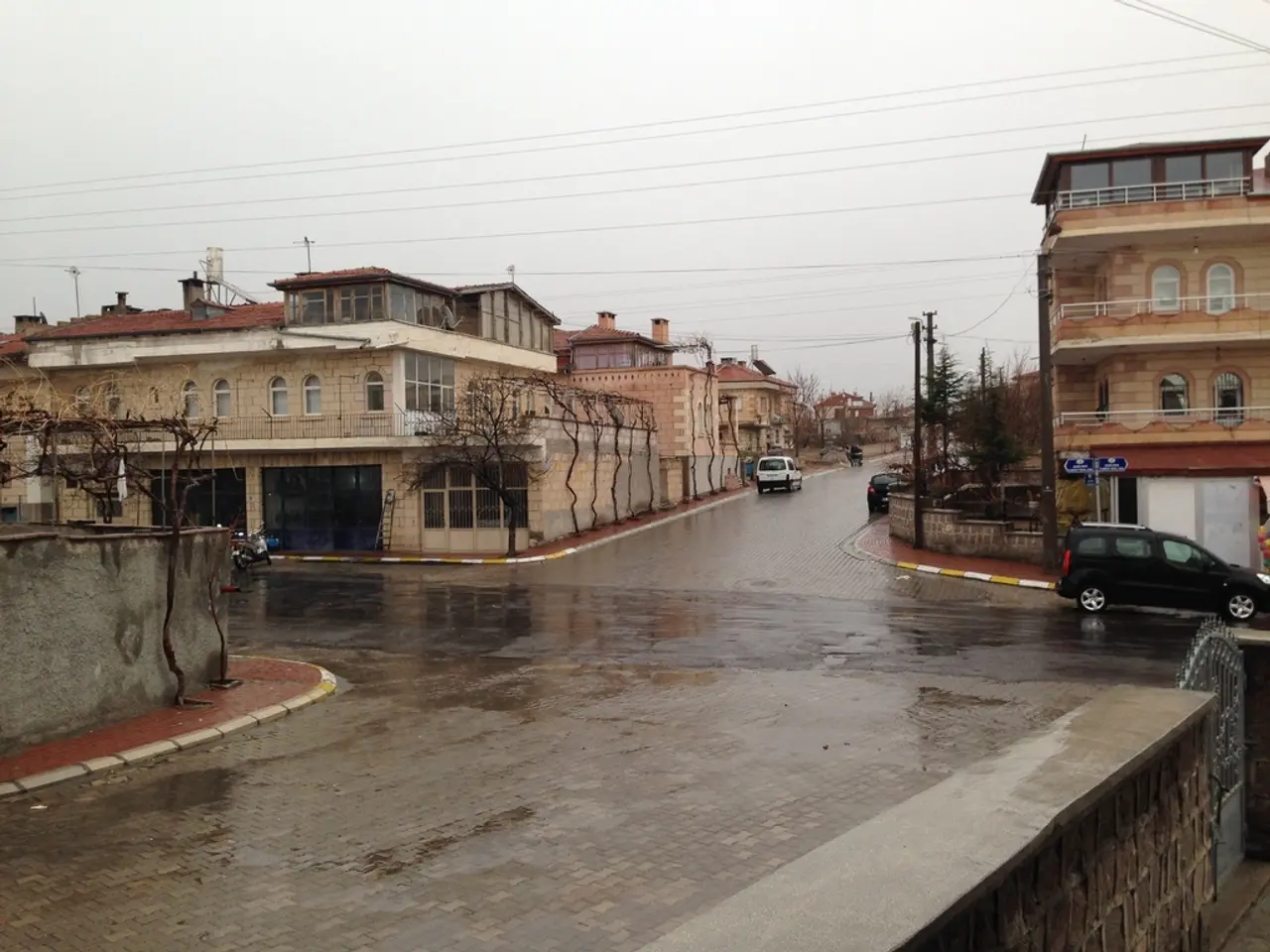Discussion on Technology: Distinguishing Android Components from Google-Originated Features
In the world of mobile operating systems, Android stands out as a versatile and widely-used platform, primarily due to the active involvement of its owner, Google.
Google's acquisition of Android Inc. in 2005 marked the beginning of a significant relationship. Google took over Android, making it their flagship mobile operating system, and since then, has been responsible for its development, maintenance, and evolution [1]. This direct involvement allows Google to shape Android's features, security updates, and integration with its services.
One of the most noticeable changes brought about by Google is the integration of Google services and apps like the Google Play Store, Google Maps, Gmail, and more, which have become standard on Android devices. These services not only enhance user experience but also form a crucial part of Google's ecosystem [1].
Google's ownership also enables a vast app ecosystem through the Google Play Store. Companies like Samsung, Motorola, and OnePlus download Android, modify it, and add additional features before selling their devices [9]. This customisation allows for a diverse range of Android phones, each offering unique features to cater to different user needs.
However, Google's influence extends beyond just the software. To use the "proper" name Android and access Google services, phone manufacturers must follow Google's rules. This includes adhering to guidelines for the use of the trademarked version of the word "Android" on devices, marketing materials, or packaging, and complying with rules concerning the Android app subsystem [7].
Samsung, a major player in the Android market, has its own version of Android for its phones, which comes with a variety of Google apps such as Gmail, Chrome, Google Search, and Maps [8]. Samsung's version also includes Google Play Services to ensure app compatibility. However, if a phone maker wants the Google Play Store on its phones, it must adhere to Google's rules [10].
Android's open-source nature allows for constant auditing and bug fixing, making it more secure than many other operating systems [11]. However, Google's apps are not open-source, meaning they are developed in-house and not shared with others [12].
Google's ongoing strategic direction, such as its recent move to unify Android with ChromeOS, aims to create a more seamless experience across devices from phones to laptops. This unification effort improves app compatibility, enhances desktop features on Android phones, and optimizes cross-device workflows [2][4].
However, Google's increasing influence over Android phones has sparked debates about its impact on the platform. Critics argue that this dominance may lead to a lack of competition and innovation in the Android ecosystem [13].
In a unique twist, there are companies like Murena that sell Android phones without any Google software, including the Google Play Store and Google apps like Chrome or Photos [4]. These phones offer an alternative for users who prefer a more privacy-focused experience.
In conclusion, Google's ownership and active development role have made Android a highly adaptable, feature-rich operating system with deep integration to Google's ecosystem. This relationship affects the hardware, software features, app availability, and security of Android phones globally. However, the debates about Google's influence on the platform and the emergence of alternatives like Murena's phones demonstrate that the Android landscape is dynamic and constantly evolving.
References: [1] https://www.android.com/about/ [2] https://www.theverge.com/2020/2/19/21149798/google-chrome-os-android-merger-details-features-timeline [3] https://www.androidcentral.com/android-security-how-google-makes-android-safe [4] https://www.wired.com/story/murena-android-phone-google-free/ [5] https://en.wikipedia.org/wiki/Android_(operating_system)#History [6] https://www.theguardian.com/technology/2018/oct/09/android-open-source-project-google-play-store-apps-privacy [7] https://developer.android.com/guide/topics/manifest/uses-feature-trade-com-google-android [8] https://www.samsung.com/global/galaxy/galaxy-s21/ [9] https://www.androidcentral.com/how-android-phones-are-made [10] https://www.androidpolice.com/2019/12/05/google-play-store-requirements-for-manufacturers/ [11] https://www.androidcentral.com/android-security-how-google-makes-android-safe [12] https://www.theguardian.com/technology/2018/oct/09/android-open-source-project-google-play-store-apps-privacy [13] https://www.theverge.com/2018/11/19/18104977/google-android-monopoly-antitrust-investigation-eu-commission-competition-regulation
Google's ownership of Android has fostered the integration of technology, such as Google services and apps, into Android devices, providing a more seamless user experience and strengthening Google's ecosystem. This integration extends beyond software, with phone manufacturers needing to comply with Google's rules to access Google's technology and services.




